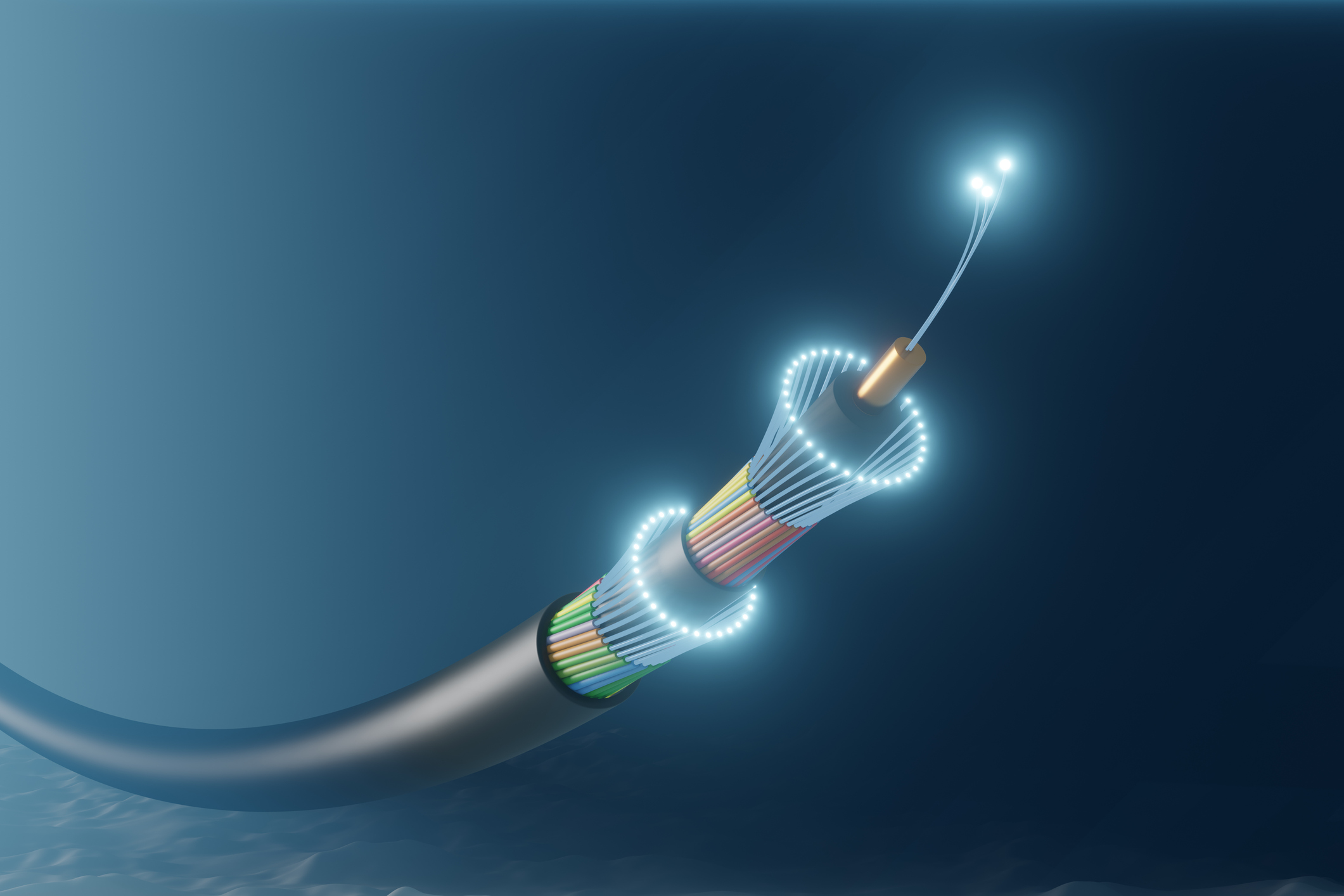Nokia’s 4G Moon Network Mission Hits Bump as Lander Malfunctions

Nokia teamed up with NASA to build the first 4G network on the Moon — a bold project intended to support lunar exploration, enable high-definition data transmission, and lay the groundwork for future space-based connectivity. The network was to be deployed via a “Network in a Box” (NIB) system on the Athena lander, which would link lunar rovers and relay data back to Earth.
However, the Athena lander tipped over on landing, suffered power issues, and could not deploy all hardware as intended. Although the NIB activated briefly and sent some signals back, the system ran only for about 25 minutes before power failed. The lander’s role in connecting rovers to the 4G network was never realized.
Despite the setback, Nokia maintains that the mission validated key technical components — such as the radio, base station, and core network operating under lunar conditions. The attempt is still regarded as a stepping stone toward future lunar communications infrastructure, with plans to evolve toward 5G-capable networks for upcoming crewed missions.
This partial success underscores the steep challenges of off-Earth network deployments, from radiation and extreme temperatures to limited power and precise landings. Yet even in failure, the mission delivers critical lessons for NASA and partners as they push toward sustainable lunar habitats and beyond.

